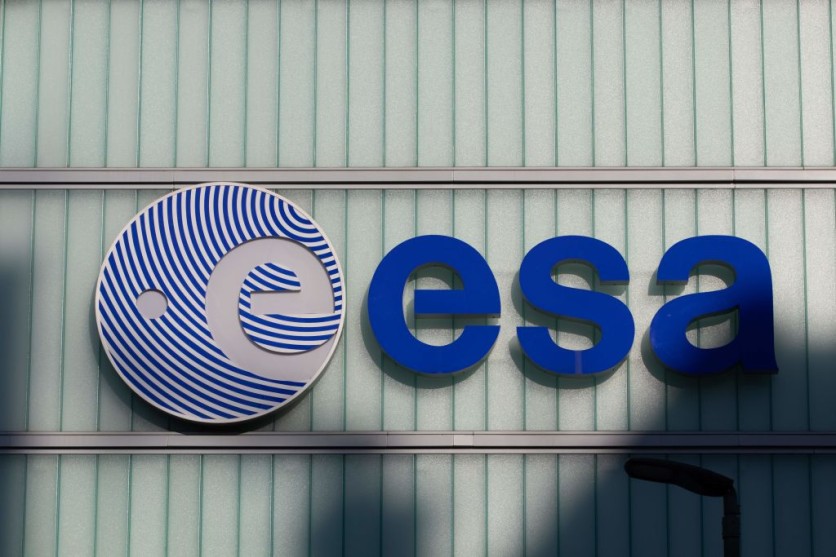A beautiful cosmic creature, the Manatee Nebula, was x-rayed by the European Space Agency's (ESA) XMM-Newton spacecraft. The results showed an unusual particle acceleration in its head, as per SciTechDaily.

The Manatee Nebula, which is also referred to as W50, is believed to be a huge supernova remnant left by an explosion of a giant star 30,000 years ago. Currently, it is one of the largest known such features that have the size of four full moons.
There is a black hole in its core, which makes it even more unusual for a supernova remnant. The blackhole is named SS 433 that emits powerful jets of particles that travel at speeds close to a quarter the speed of light that go through the gassy shells. In turn, it formed a double-loped shape.
ESA's XMM Newton was pivotal in homing in on the region of particle acceleration in the X-ray jet that comes from the head of the Manatee. It starts about 100 light-years away from the microquasar and extends to around 300 light-years.
The spacecraft was also supported by the NuSTAR and Chandra data. It has helped scientists understand the Manatee Nebula even better. Now, they believe that the particles are getting boosted to extremely high energies via an unusually energetic particle acceleration process. They also think that the black hole got there because of the shock waves in the gas clouds and enhanced magnetic fields.
Today, the nebula will serve as a nearby laboratory that will help astronomers explore a wide range of astrophysical phenomena related to the outflows of many galactic and extragalactic sources that will be subjected to further investigation.
ESA will also conduct follow-up studies by the future Athena X-ray observatory. This will help deliver even more sensitive details about the inner workings of the Manatee.
Also Read: The Sun's New Photo is Unlike Anything Seen Before, ESA uses its EUI for the Stunning Image
Cosmic Creatures
Just the word itself is filled with such wonder and awe. Cosmic creatures are the most fascinating of them all. They can be anything from space rocks to cosmic rays that reach Earth.
They are very far from the world and are often hard to spot, but with the help of the most advanced observation equipment, space satellites, we can get a closer look.
Some of which are so powerful that they can even capture a black hole that can only normally be seen with telescopes.
The universe is filled with all kinds of cosmic creatures:
Black Holes
Black holes are cosmic creatures that are so bizarre and mysterious. They are cloaked in gases and disguised as dark spots in the sky.
Black holes are objects with a strong gravitational pull. Their gravity is so strong that they even suck in light. Since light is made of electromagnetic waves, it is attracted and lost in the black hole's gravitational field.
Supernovas
Supernovas are cosmic explosions that occur when stars die. They are very bright in the sky and can be seen from even billions of light-years away. They can be seen in telescopes, but the real wonder of the cosmic creature is its aftermath. They leave behind dense objects called neutron stars or black holes.
Neutron Stars
Neutron stars are cosmic creatures that are formed when a star explodes. They are formed when a star's core collapses and becomes highly dense. The star becomes so dense that it is even smaller than some cities. But it has great gravitational force. It can even pull in light and can easily be spotted in the sky.
Quasars
Quasars are the brightest cosmic creatures in the universe. They are fueled by supermassive black holes in their center. The power of the quasar can reach over one trillion suns. These cosmic creatures are often associated with galaxies due to their high brightness.
In short, the universe is filled with all kinds of cosmic creatures, from black holes to supernovas and quasars.
Related Article: ESA Solar Orbiter's Close Encounter With Comet Leonard Offers New Cometary Data
This article is owned by TechTimes
Written by April Fowell
ⓒ 2025 TECHTIMES.com All rights reserved. Do not reproduce without permission.




